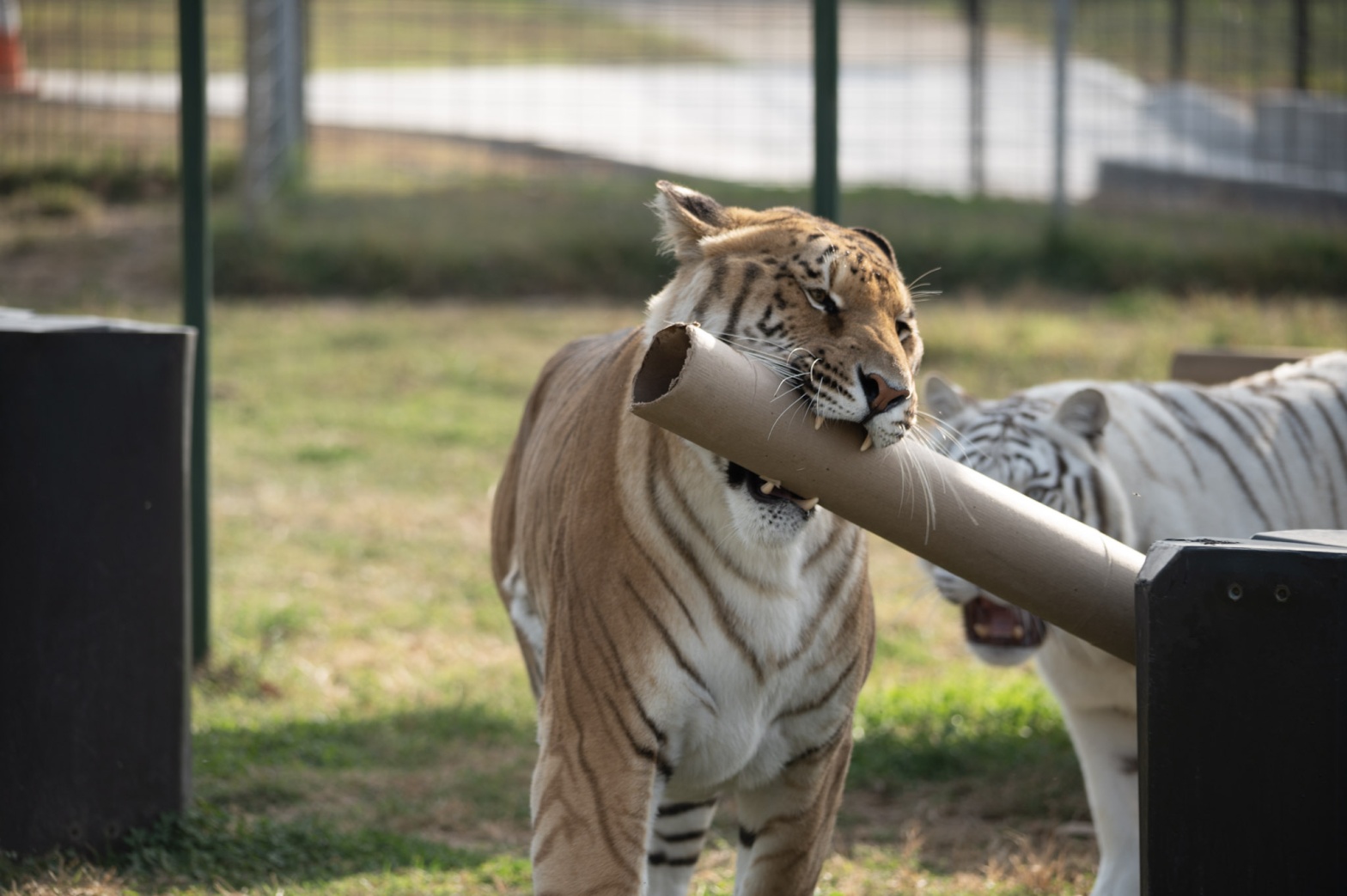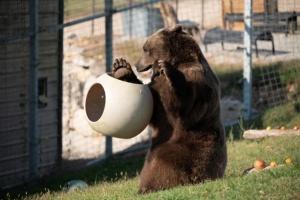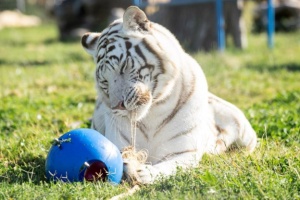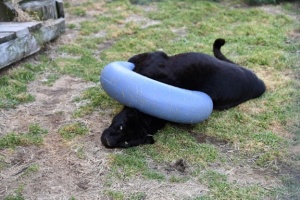
Playing is a deeply ingrained biological process that has been observed in many animal species. It is a natural behavior that is essential for the development of physical, cognitive, and social skills.
The Importance of Play

Did you know that playing is not just a fun activity for animals? It actually has a big impact on their brain development and intelligence! When animals play, they are learning important skills that will help them survive in the wild. Scientists have found that animals that play a lot are more clever and can adjust to changes more easily. When animals play, they learn how to communicate and get along with each other. Playing also helps animals develop their problem-solving skills. For example, a monkey might play with a puzzle toy to figure out how to get the treat inside. This kind of play helps the monkey learn how to solve problems and think creatively. So, next time you see animals playing, remember that they are also learning and growing!
Animals at Play

Bears love to play and wrestle with each other! Did you know that when they do this, they are actually developing important skills? Wrestling helps bears learn how to balance, coordinate their movements, and become stronger. But that’s not all! When bears wrestle, they also learn how to interact with other bears in a playful and friendly way. This is important because it helps them avoid fights and stay safe in the wild.
Bears also play with toys such as sticks, rocks, and other things they find around them. They frequently chase these items, toss them around, and bat them with their paws. Playing like this helps bears develop physically and mentally, as well as improve their hunting and foraging skills. Scientists have also discovered that bears who play more frequently have better survival rates in the wild.
Swimming is another favorite activity of many bears. If you want to see examples of this in action, visit TCWR on a day when our resident grizzly bear, Bam Bam, is outdoors in his habitat. You’ll probably notice a wide-mouthed grin on his face when he swims in his pool or plays with his favorite toys.
Did you know that scientists can tell when a grizzly bear is playing just by looking at its face? It’s true! When they play, they show their happiness by smiling with their mouths open and relaxed. Polar bears will wag their heads from side to side when they want to play. When bears are playing as opposed to fighting, they are also much quieter.
People sometimes think that animals stop playing as they get older, which isn’t true. Adult male lions might not be as playful, but female lions remain playful throughout adulthood as they often play alongside their cubs. Animals have to work harder as they get older to find food and keep their young safe. This means they might not get to play as much. Animals of all ages, however, share a love of play. The animals at TCWR don’t have to worry about survival issues like obtaining food or avoiding predators, so they can spend their time doing what they love most: playing. Because of this, we have workers whose job it is to provide toys and other forms of enrichment for the animals.
What We Can Learn from Animals Playing?

Just like how animals need to play, humans also need to play! Playing is super important for our health and happiness. Playing helps us relax when we’re feeling stressed, learn new things, and have fun. Often, adults can get so busy with work and getting things done that they forget to have fun and relax. This can happen because there are many things to do in our modern world. So, let’s all remember to take a break from our busy schedules and make more time for play in our lives.
We need to learn how to live in the here and now. When animals play, they give their undivided attention to the task at hand. However, people have a tendency to let their minds wander due to concerns, fears, and other thoughts. Being fully present and attentive during play allows us to share in the delight and fulfillment that animals naturally feel.
It’s time for us to play and use our imaginations in new ways. Animals excel at coming up with novel ways to play. By taking cues from the animal kingdom, we can unlock new levels of creativity and enjoyment in our own play.
Conclusion
In conclusion, animals need to play for a number of reasons, such as to learn new skills, release stress, and have fun. Animals can teach us many things about play, like how to be more in the moment, how to be more creative, and how to put play at the top of our own to-do lists. When you see Spike, our resident leopard, sliding his body through his blue donut toy or Ungowwa, our resident lioness, sledding down the hill in her enclosure, take a moment to think about how much fun and joy play brings to all animals, young and old alike.
Sources
https://bear.org/why-do-bears-play/
https://polarbearsinternational.org/polar-bears-changing-arctic/polar-bear-facts/behavior/
https://www.bearbiology.org/fileadmin/tpl/Downloads/URSUS/Vol_8/Fagen_Fagen_8.pdf
https://parentotheca.com/2022/11/18/play-stuart-brown-book-summary/
https://ielc.libguides.com/sdzg/factsheets/lions/behavior

